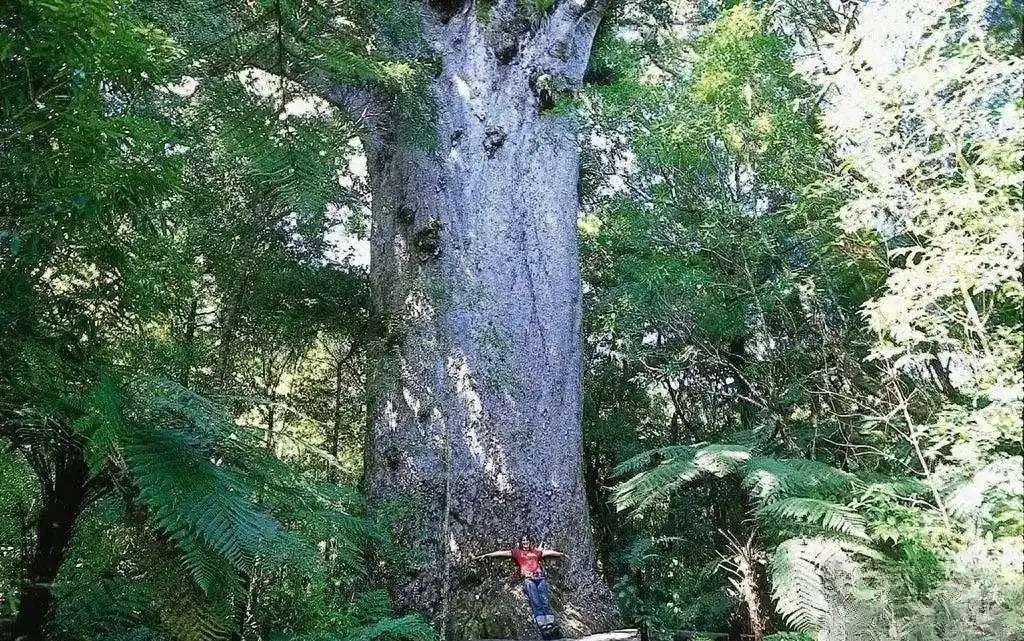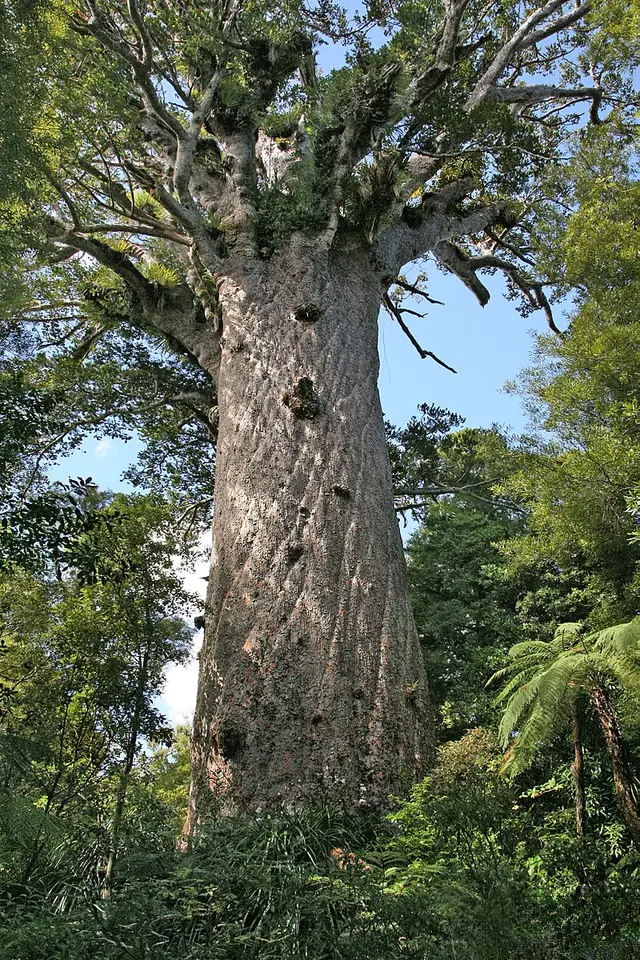Kauri: New Zealand's national treasure, with high value for greening and timber
ORG is committed to domesticating and cultivating the world's outstanding specialty flowers and trees: Phoebe styraciflua, English hawthorn, orchid tree, seven-son tree, Japanese snow bell tree, Japanese multi-veined four-orange tree, Japanese purple stem, American purple tree, Konan tree, small-leaved witch hazel, European hornbeam, European linden and other varieties.

Introduction
Kauri is one of the largest and longest-lived tree species in the world. Kauri can live for more than 2,000 years, reach a height of 60 meters and a diameter of more than 5 meters.
Kauri is a tall and graceful evergreen conifer with high landscape value. Its wood is also of high value.
Therefore, it is known as the national treasure of New Zealand . Currently, the logging of kauri is prohibited in New Zealand.
Introduction to Kauri
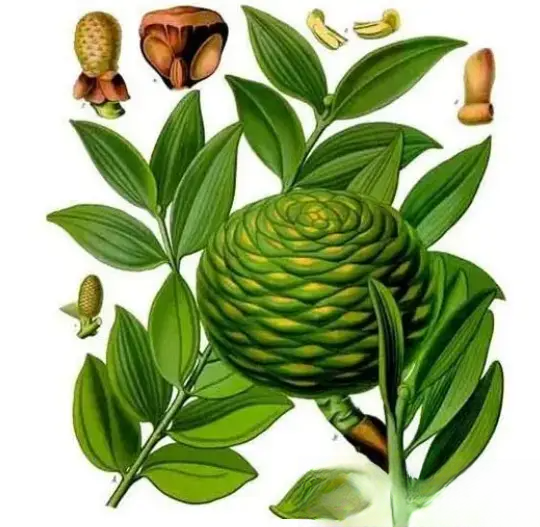
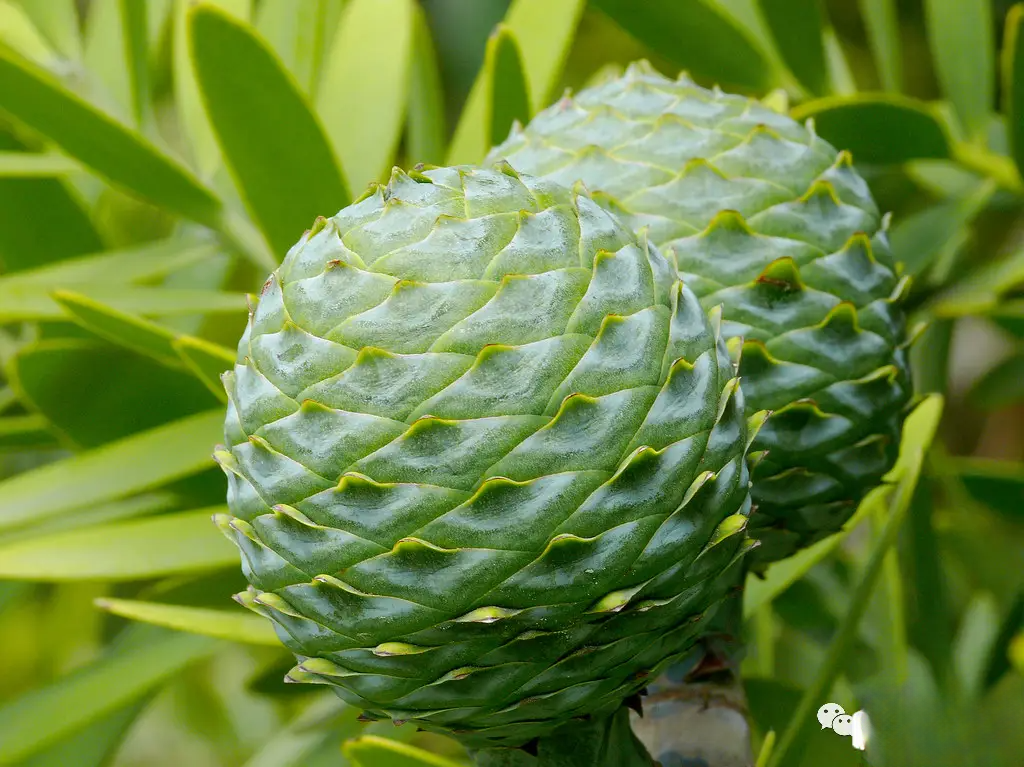
Kauri Fruit
Introduction and cultivation history
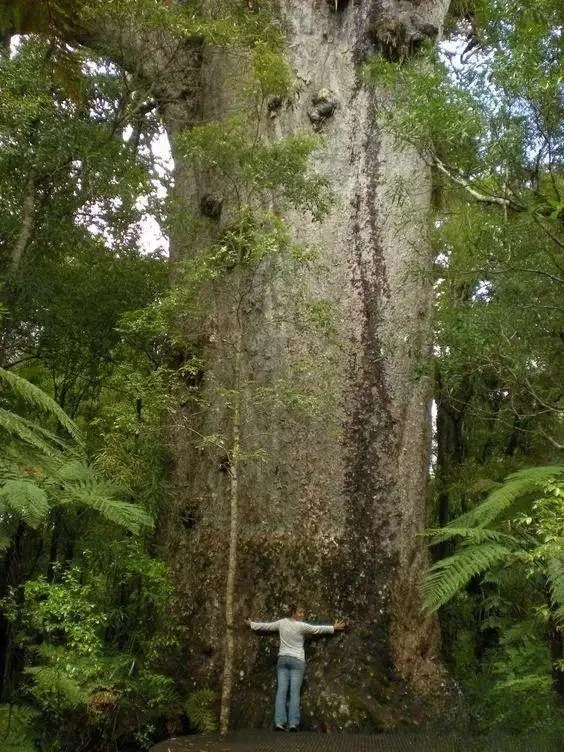
Landscape use
If the temperature is lower than this, it will easily freeze to death.
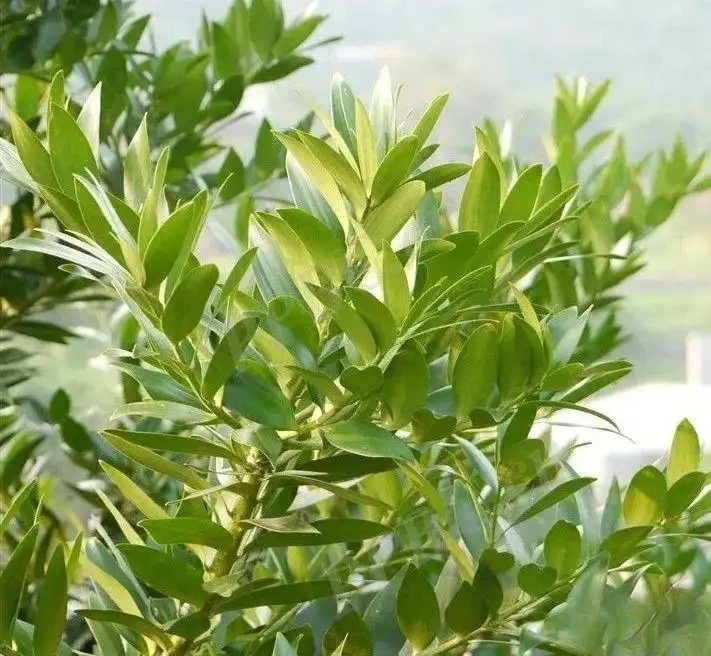
Kauri leaves
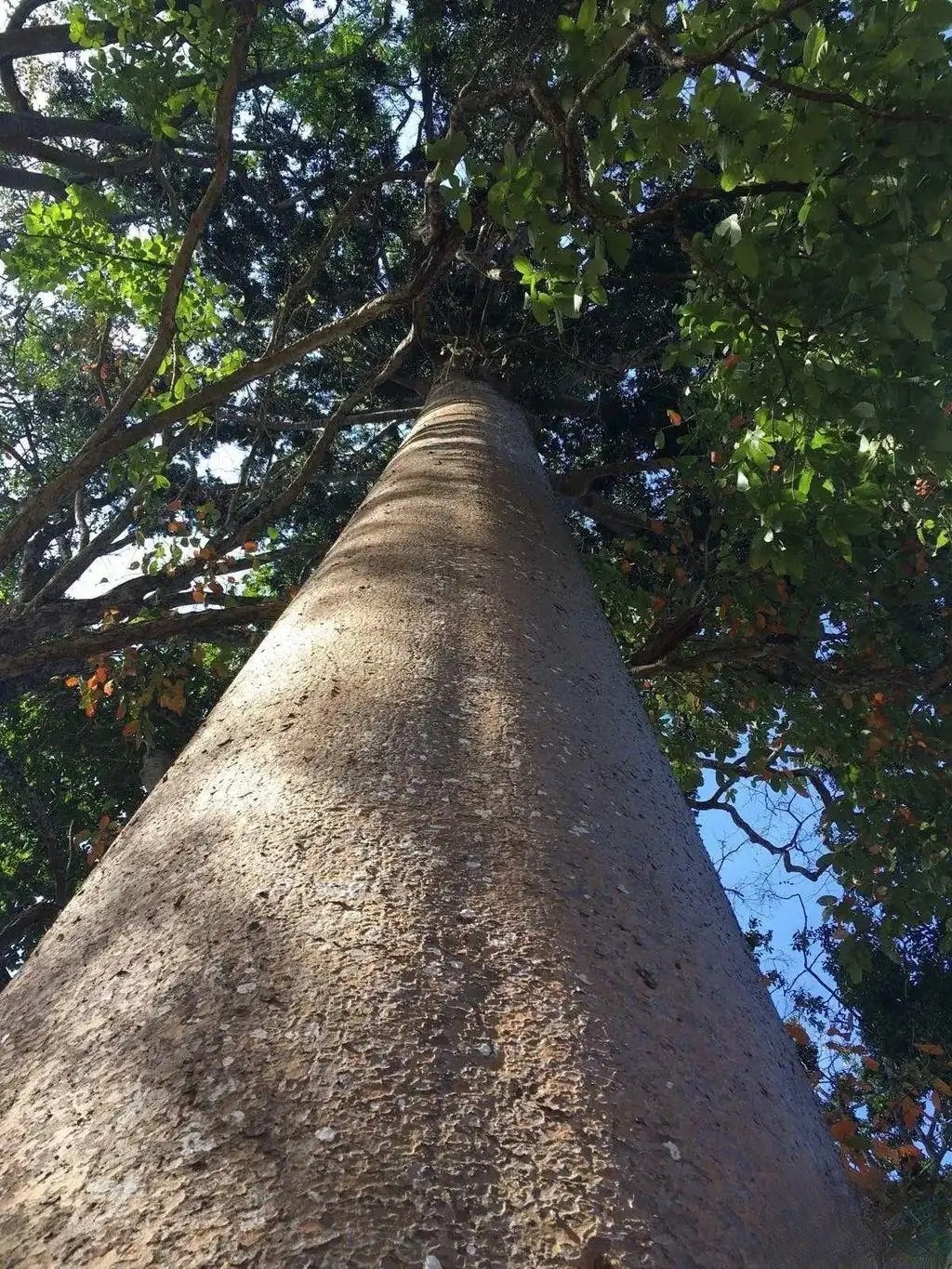
Planting in pairs or rows in front of buildings : Kauri can be planted in front of buildings as decorative plants. Kauri can also be planted in rows at a certain distance on both sides of the road to form a green corridor effect. Planting in rows around monuments: Kauri is often used for planting in rows around monuments or monuments. This planting method can create a solemn atmosphere and add a sense of dignity and dignity to the memorial site.
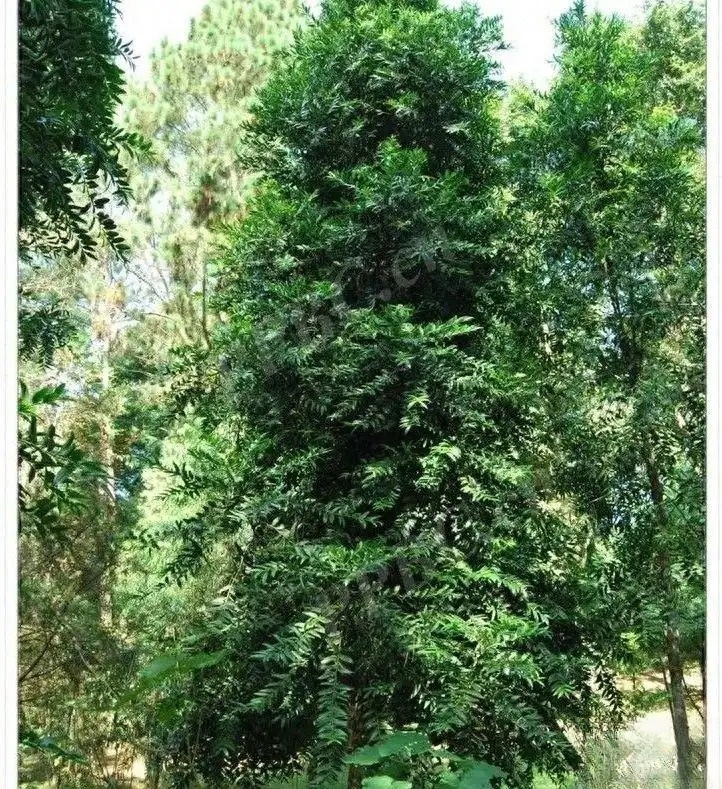
Construction: Kauri wood is often used in building structures such as beams, floors and bridges due to its hard and durable properties. Its stability and resistance to decay make it ideal for high-quality construction. 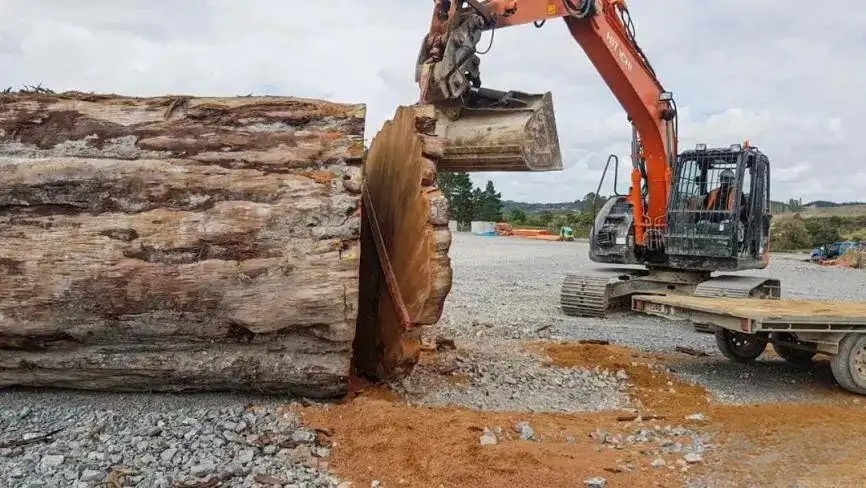
Furniture: Kauri wood has beautiful texture and color and is often used to make high-end furniture such as tables, chairs, wardrobes and beds. Its strong characteristics ensure the quality and longevity of the furniture. 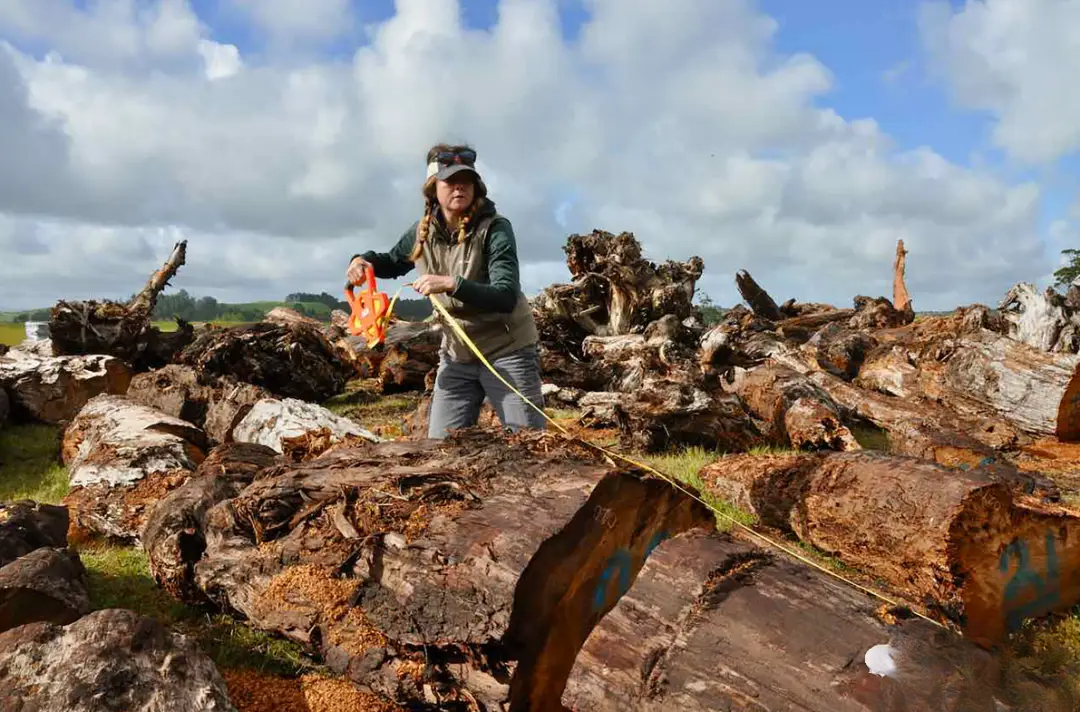
Musical Instruments: Kauri wood has a long history of use in the making of musical instruments. It is often used to make the soundboards of stringed instruments (such as violins and cellos) and the casings of wind instruments (such as saxophones). The resonant properties and sound quality of Kauri wood make it a material of choice for making high-quality musical instruments. 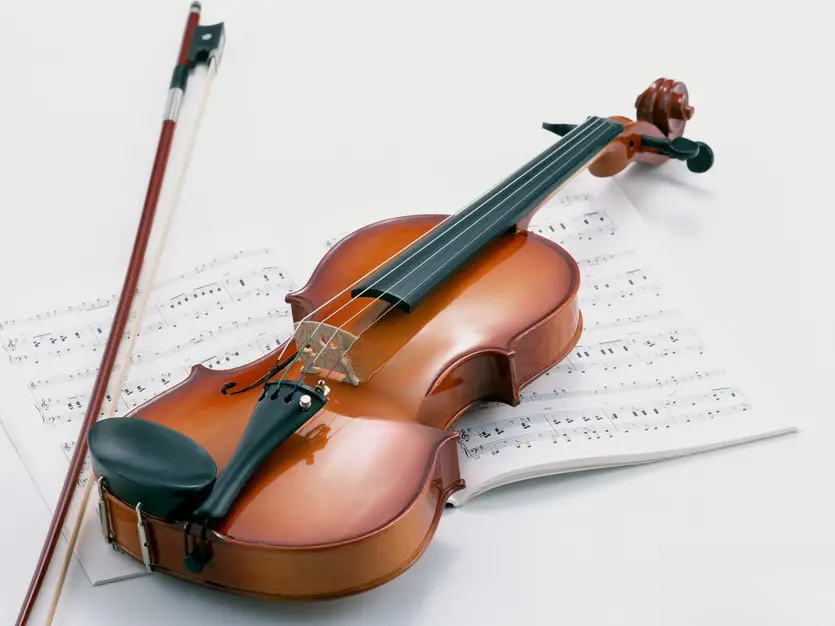
4. The trunk of the kauri tree is rich in resin, among which the maidala resin is widely used in industry and medicine. Medara resin has excellent adhesion and chemical resistance and is often used to make adhesives, coatings, sealants and some uses in the medical field.
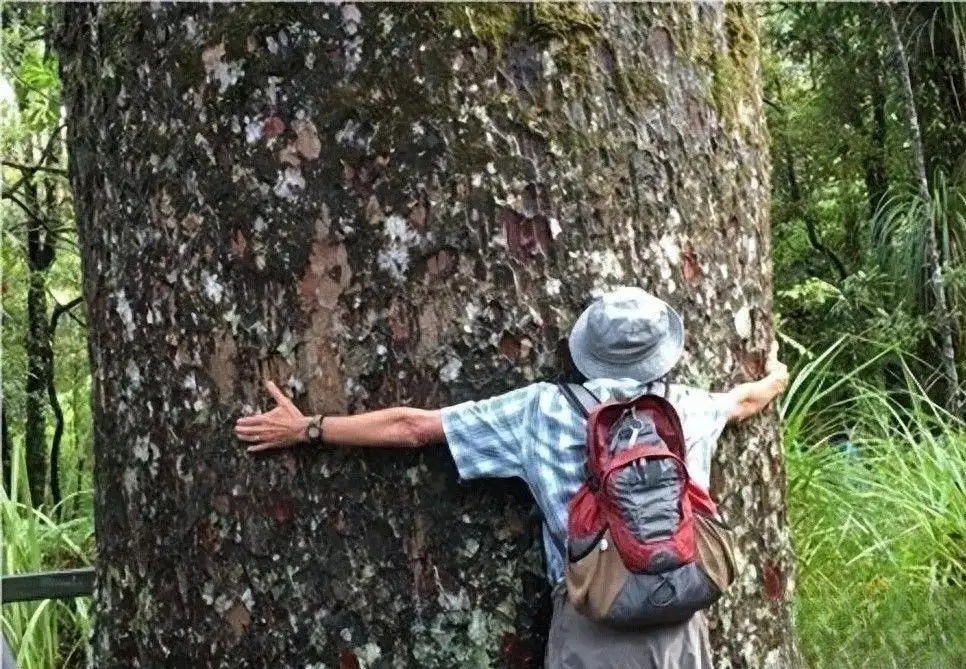
Trees with good shapes can be sold as landscaping trees, which have relatively high returns.
